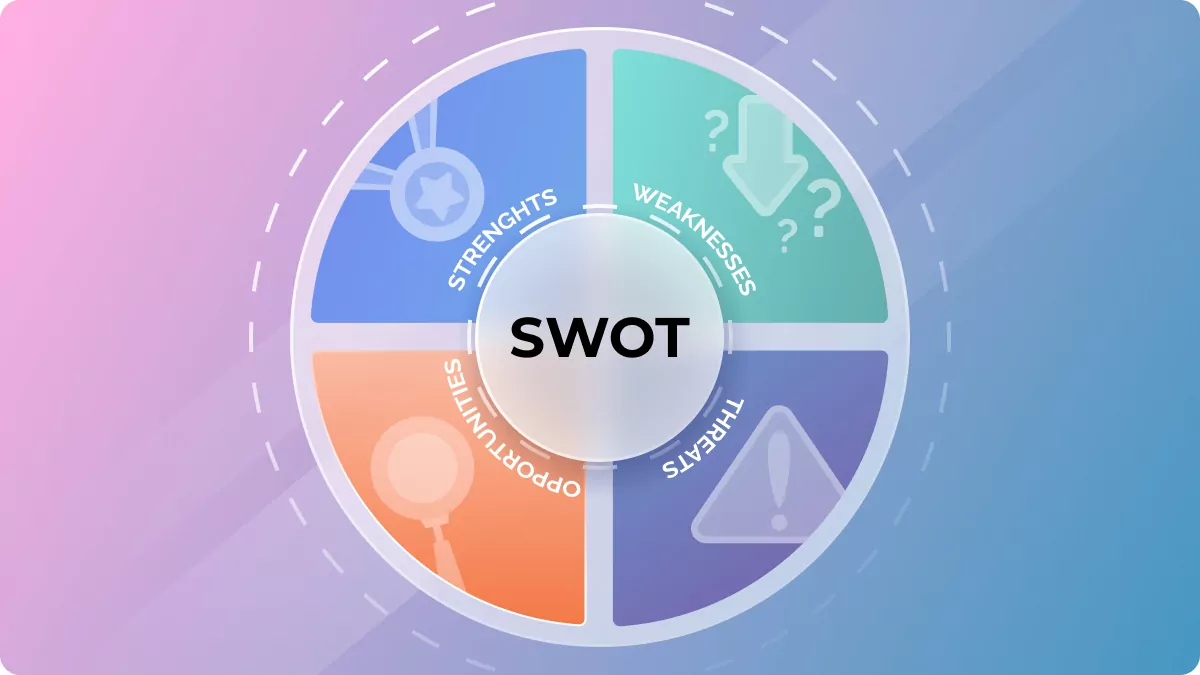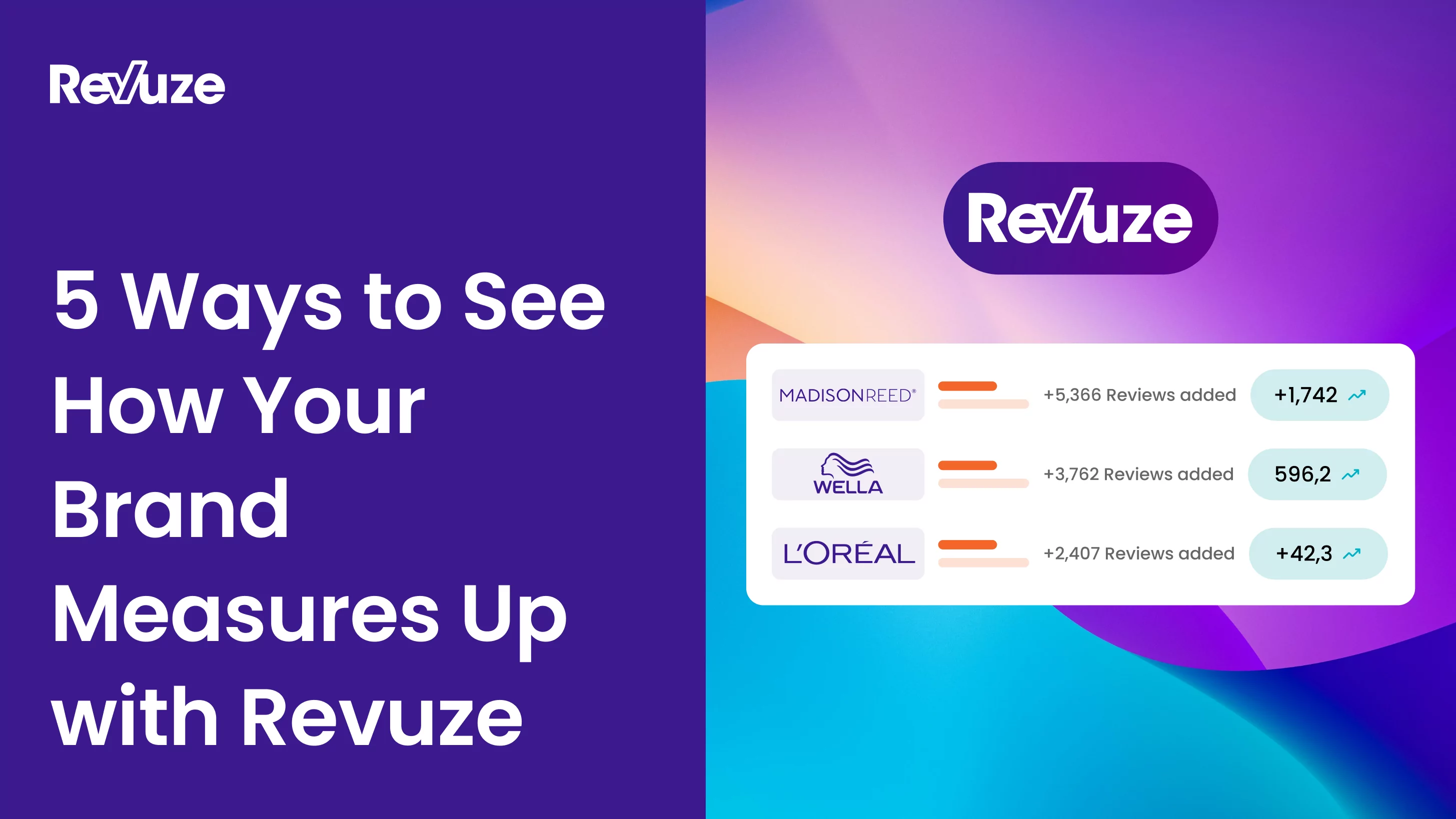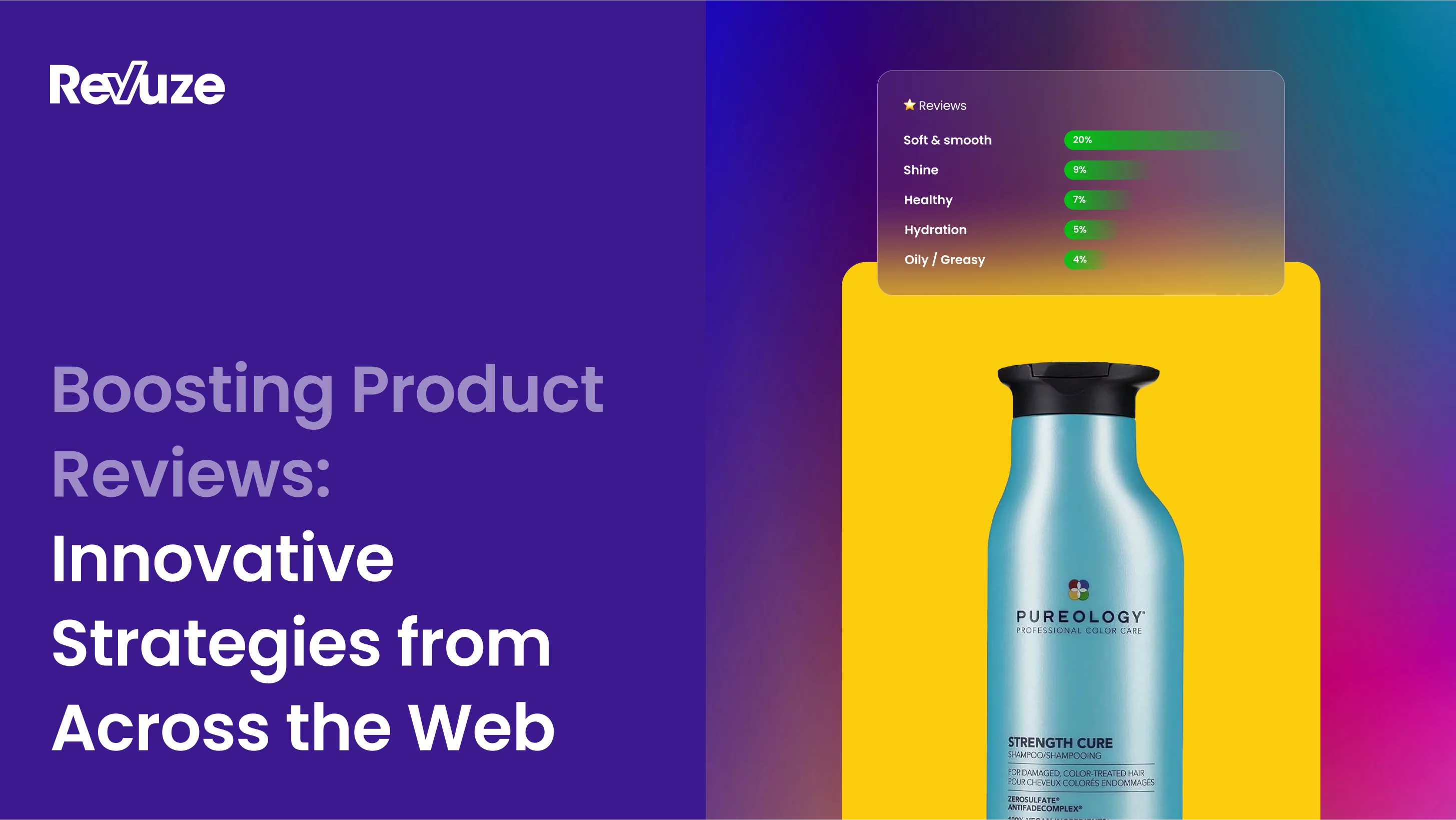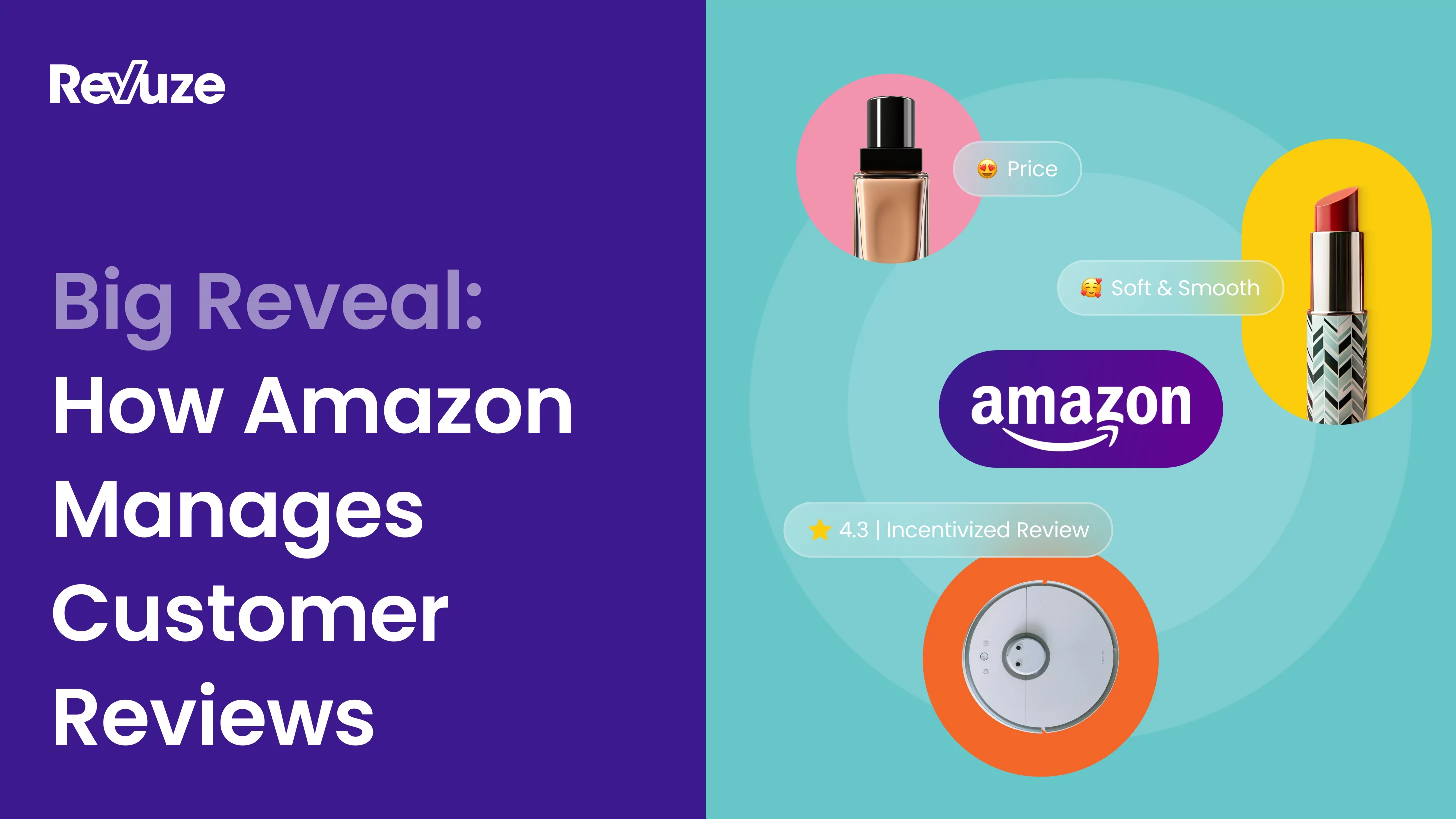
Knowing how to build a SWOT Analysis for a product is a necessary skill for product managers and marketers. In this article, we’ll dive into what a SWOT Analysis is, how you can use it to your advantage as you improve and market your product, and how artificial intelligence (AI) can generate an automated analysis.
What is a SWOT Analysis?
A SWOT Analysis gives you a “full picture” of your company or product.
SWOT is an acronym for strengths, weaknesses, opportunities, and threats, and it’s an analysis framework used by companies to evaluate and assess their positioning in their industry, identify their pain points both internally and externally, and monitor their competitors. This tool or technique, which can be created in many different ways, is used for strategic planning, product development, product improvement, competitive analysis, and marketing.

A SWOT Analysis is visually represented as a two-by-two grid. This allows readers to quickly visualize both positive and negative aspects, internally and externally, in just one quick look. A SWOT analysis is meant to be data-driven and fact-based to ensure objectivity and reliability in guiding future strategic decisions.
With Revuze’s product insights engine Sentimate, you can easily get a SWOT Analysis on any product on the market. While SWOTs are often the result of brainstorming sessions among team members, at Revuze we build our analyses with AI algorithms that allow us to achieve a much higher level of understanding and objectivity in assessing a product’s health and status.
Strengths
Strengths in a SWOT Analysis are the success points where your product excels. They are the assets you are proud of and want to leverage as much as possible. These are attributes that differentiate you or your product from your competitors, making you uniquely positioned in the market. Your “Unique Selling Proposition” would certainly fall under the strengths category. For a product, strengths may be quality, pricing, battery life, customer service, shipping and returns, branding, packaging, and so on.
Weaknesses
Weaknesses in a SWOT Analysis are your product or company’s pain points. These are areas in which your business must improve, as they can become pretty obvious to your consumer base, causing long-lasting harm to your reputation. Weaknesses could be issues with the product’s quality, missing features, issues with your customer service, a poor design, a non-competitive price tag, and so on. While product managers are often aware of these pain points, they may sometimes be blind or oblivious to some of them.
Opportunities
Opportunities in a SWOT Analysis are positive external factors that your business could start leveraging to gain a competitive advantage. When it comes to product marketing, let’s say you learn that a usage that you have previously under-marketed is performing really well among consumers; you may want to start marketing it as soon as possible! Another example could be a new trend among consumers. Opportunities are openings in the market that you need to seize as soon as they emerge.
Threats
Threats in a SWOT Analysis are external factors that may create serious issues for your business in the long run: new trends, competitors, and obstacles that you may not be aware of or may not be attributing much importance to that are ultimately harmful to your brand. As technology evolves and new products emerge on the market, you will be forced to continue evolving, as well. Consumer trends, behaviors, and preferences change with time, and it’s your duty to keep up with them.
Why is SWOT Analysis important?
Knowledge is power. Knowing what your strengths and weaknesses are can only help you leverage what works and fix what doesn’t. That’s why a SWOT Analysis is so important for any business. No company should remain stagnant; constant improvement and changes allow the business to stay relevant and competitive in the market in the long run. A SWOT Analysis is also a good starting point to reallocate resources and make structural changes within the company.
Should you perform a SWOT Analysis on your competitors?
Yes. SWOT Analysis is often performed on competitors as a competitive analysis template, to identify their weaknesses and use them for positioning and marketing purposes. A company would benefit from boasting its own strengths and pointing out its competitors’ vulnerabilities.
What can you use a SWOT Analysis for?
SWOT Analysis for an existing product
A SWOT Analysis is an excellent opportunity to refine your strategy regarding your product’s positioning and marketing. Once you have a clear understanding of what your product’s strengths and weaknesses are, you can assess how to move forward, whether a new version of your product is needed, or whether to focus on specific features and usage cases in your marketing strategy. Opportunities and threats can help you think outside the box and rethink your product in terms of usage cases, customer needs, and emerging trends. Competition is also a big component of the picture. By looking at your competitors’ SWOT, you can see what they are doing better than you and what they’re lacking. This can help you identify or redefine your Unique Selling Proposition.
SWOT Analysis for new product development
If you’re working on a new product and you are trying to define your positioning, a SWOT Analysis of different products in your category will help you identify the weaknesses of your competitors and the pain points of their products. This is typically called “latent demand.” What are the main unfulfilled needs of the customers in your category? Why are they dissatisfied? Are there any specific features that the current products don’t offer?
Addressing a product’s pain points
Once you’ve identified your product’s strengths, you will focus on them in your PR and marketing efforts, of course. However, after a well executed SWOT Analysis, your product’s pain points are definitely going to emerge, too, and it’s on you to address them. See how you can improve and redefine your strategy to decide where you want to get to. The list of Threats is instrumental to identify emerging trends, evolving consumer expectations, and areas of the market you’re yet to explore but should keep your eyes on.
Example of a SWOT Analysis for a product

A SWOT Analysis of a product will list the different features of the product and distribute them across the four-by-four grid. Let’s take a French press coffee maker as an example. The topics of discussions are, among others, the coffee filter, size, taste, durability, material, cleanability, warranty, portability, and the handle. In the product’s SWOT Analysis, we might see the following topics or features:
Strengths: The taste of the coffee is the product’s top strength. Additionally, many consumers also appreciate the warranty policy of the product’s company, and say that they’ve decided to purchase the product because of it.
Weaknesses: The handle is a pain point for this product. Consumers are also struggling with its cleanability and wish that it was faster and easier to clean.
Opportunities: There is a window of opportunity in marketing the product as easy to pack, as some consumers are expressing enthusiastic opinions on the product’s portability and said that they’ve taken it on camping trips.
Threats: Heat retention is a pain point for some consumers, who might be swayed to try competing products which market it as one of their top strengths.
[banner_text text=”Perform a SWOT Analysis with Sentimate” button_text=”Get started” button_link=”https://sentimate.com/signup/”]
How can AI help you create a SWOT Analysis?
Sentimate’s SWOT tool for product analysis is different from any other SWOT tool, because it’s generated by artificial intelligence (AI) and it is fully data-driven. There is no manual work behind it.
The SWOT Analysis is based on the volume of verified consumer opinions and the quality of the sentiment for each topic of discussion related to the product. This way, your analysis will be based on data and therefore will be less biased.
You can generate a SWOT on any product by creating a free account with Sentimate.
 All
Articles
All
Articles Email
Analytics
Email
Analytics








 Agencies
Insights
Agencies
Insights